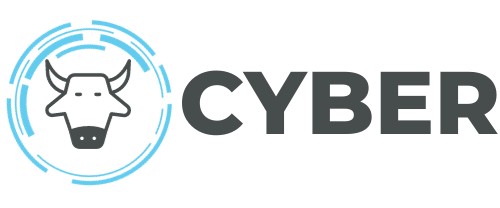When you hear the phrase “dark web”, what comes to mind? Mysterious hackers in hoodies? Black markets and secret deals? The reality is more nuanced—and understanding it can help you stay safer online.
What Is the Dark Web, Really?
The dark web isn’t some separate internet—it’s a part of it that’s hidden from traditional search engines and requires special software (like Tor) to access. It’s distinct from:
- The surface web – What we use every day (Google, news sites, etc.)
- The deep web – Anything behind a login (your emails, banking, school portals)
- The dark web – Encrypted and anonymous, with both legitimate and illegal use cases
What Happens on the Dark Web?
It’s not all cybercrime—but yes, there’s some shady stuff. Here’s a look at what goes on:
Privacy-focused forums – Used by journalists, whistleblowers, and activists in repressive regimes
Black markets – Selling stolen data, drugs, fake passports, and more
Hacker communities – Trading exploits, ransomware kits, and malware
Anonymous communication – For both good (activism) and bad (scams and fraud)
Why Should You Care?
Even if you never go near the dark web, it can still affect you. Here’s how:
- Stolen credentials from breaches often end up for sale there
- Hackers use dark web resources to coordinate attacks
- Your personal data may be at risk without you realising it
What Can You Do To Stay Safe?
You don’t need to be a cyber expert to protect yourself. Here are simple steps anyone can take:
Use dark web monitoring – Check if your email or passwords are exposed
Enable multi-factor authentication (MFA) – A must for all key accounts
Use strong, unique passwords – Especially for email and banking
Stay informed – Understanding risks is the first step to reducing them
The dark web isn’t just a playground for criminals—it’s a part of the digital world we all share. By understanding it, we’re better prepared to protect ourselves, our businesses, and our community.

